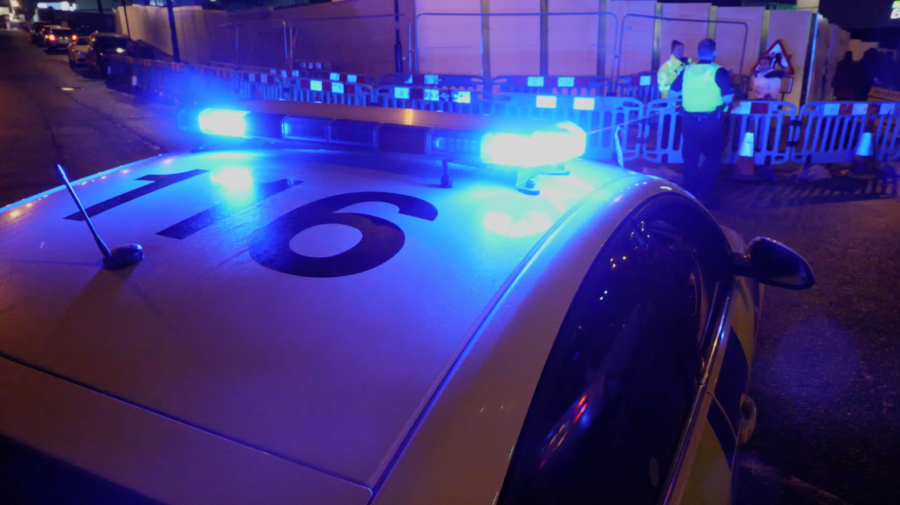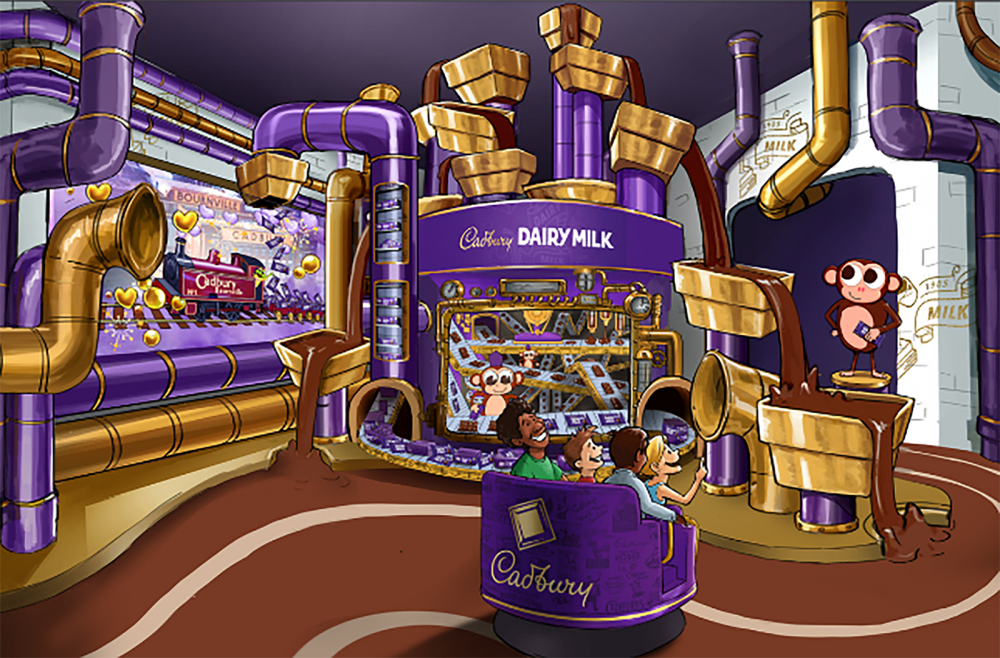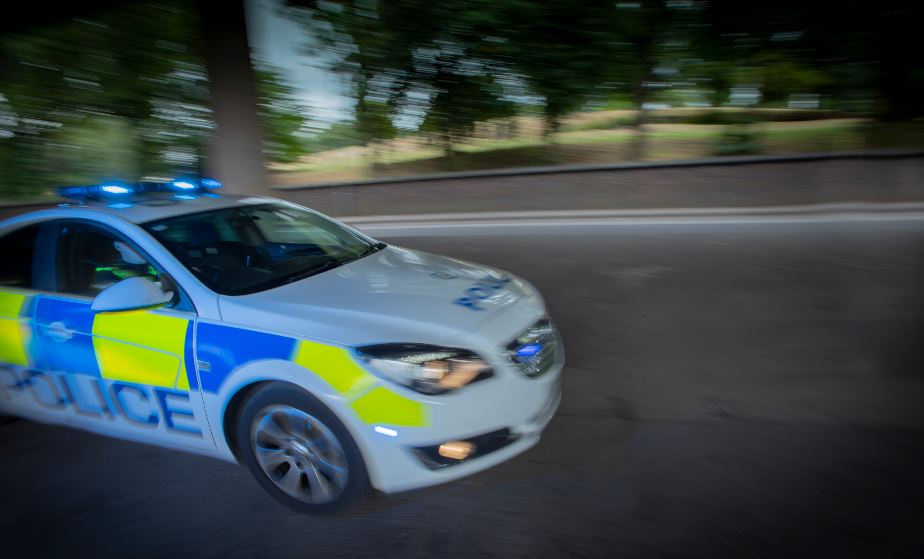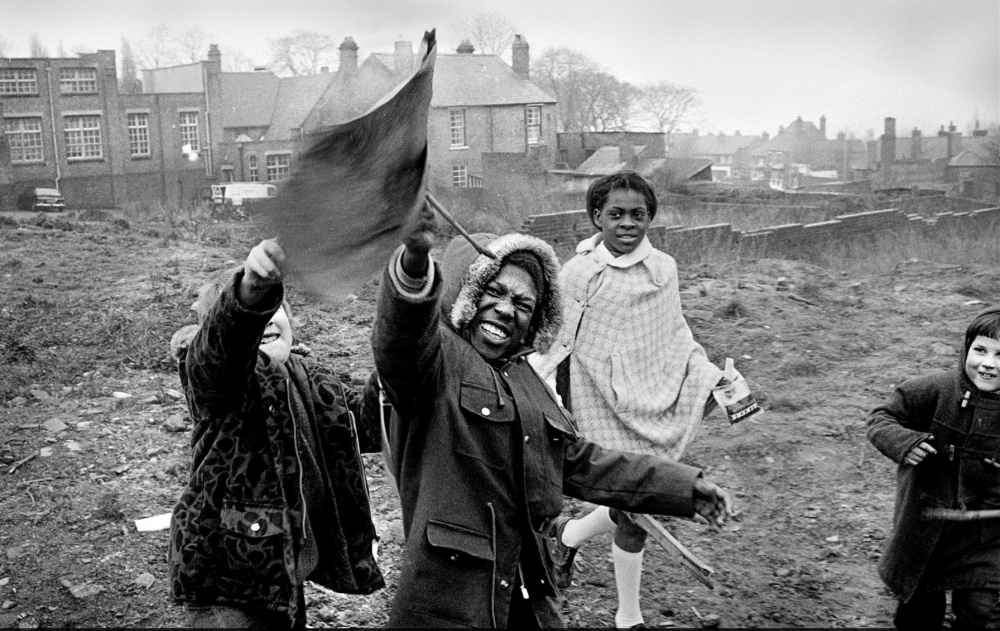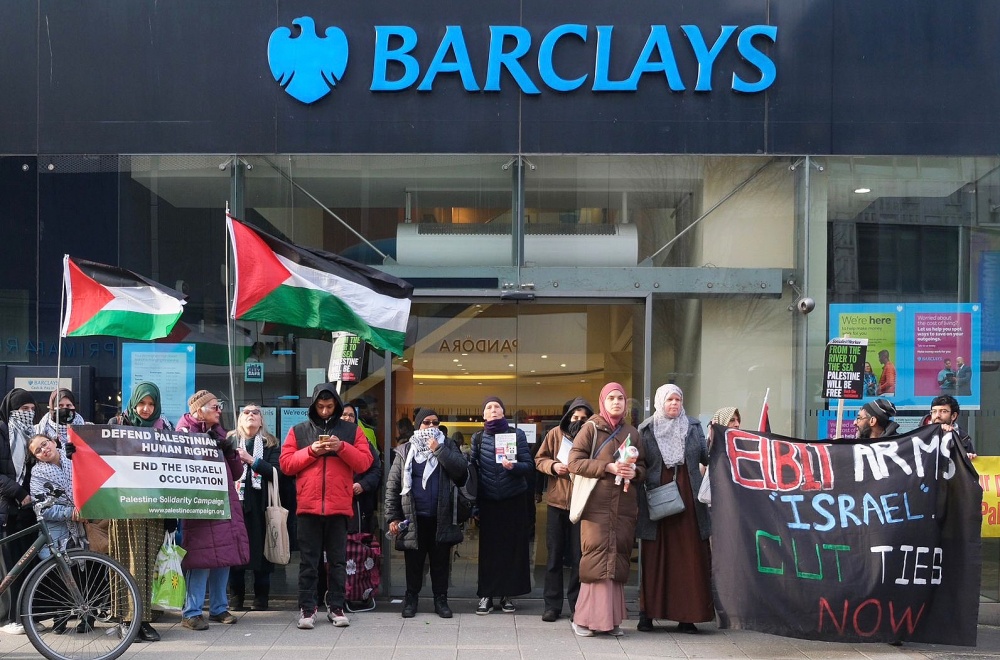Birmingham’s HS2 Curzon Street Station design branded a “shed” by Labour MP Liam Byrne
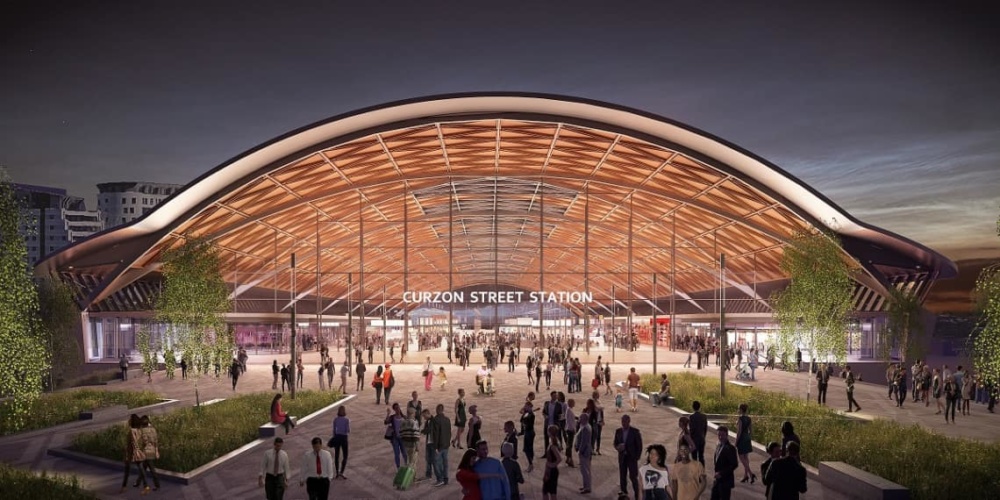
Set to be the first new intercity railway station built in Britain since the 19th century at a cost of millions of pounds and much controversy, concept designs for the new HS2 Curzon Street station were launched today.
As slick computer generated designs for the new station were published this morning with great fanfare, a Birmingham MP summed up Birmingham’s proposed new high-speed rail network station as “a railway shed.” Ouch.
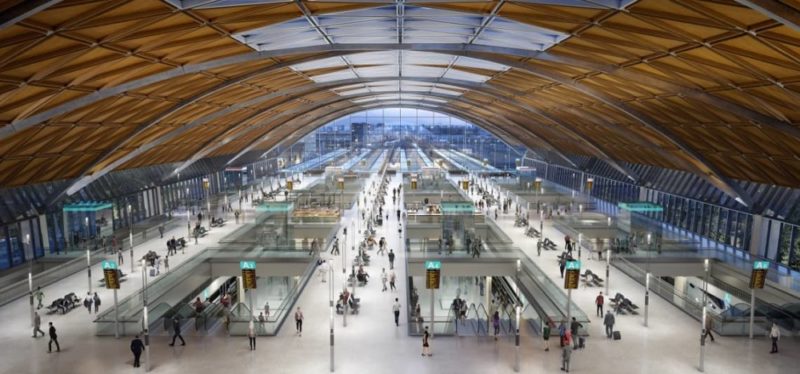 HS2
HS2 The bright and shiny new images revealing the planned Curzon Street station in Birmingham city centre and Interchange station in Solihull, but not everyone has been impressed by the unveiling.
Labour MP Liam Byrne wrote on to Twitter: “Hmmm. I hope the designs look better closer up … looks like a pretty traditional railway shed from this view….”
The Member of Parliament for Birmingham Hodge Hill also called for a science museum to be included in the designs, commenting:
“Personally I’ll be campaigning for the station to include the greatest science museum in Britain. Passengers should know they’re arriving in the home of the industrial revolution!”
 Paul Stringer
Paul Stringer The highly controversial £57billion rail project – which has sparked public demonstrations and scandals around increasing costs – is due to open with seven high speed platforms in 2026, and is set to be the first new intercity station built in Britain since the 19th century, with work having begun at the Curzon Street site last week.
The state-of-the-art station will be linked to the tram network and to rail networks across Birmingham and the West Midlands.
Interchange Station will serve Solihull, the West Midlands, the city’s National Exhibition Centre and Birmingham Airport.
 Adam Yosef
Adam Yosef Describing the design, Lead Architect for Interchange station Kim Quazi said:
“Interchange station sits within a unique setting, on the edge of the urban landscape in a currently rural location. The station building has been designed to reflect its surroundings and in context with the natural landscape and topography.
“The station roof has been designed to fit in with the surrounding landscape, and to optimise natural daylight using an integrated, efficient structural form and rainwater management system. We have also focused on a number of objectives including creating a positive experience for future users and rail passengers by including open space, parkland and views to green spaces, and constructing a green building with low energy consumption and low maintenance.”
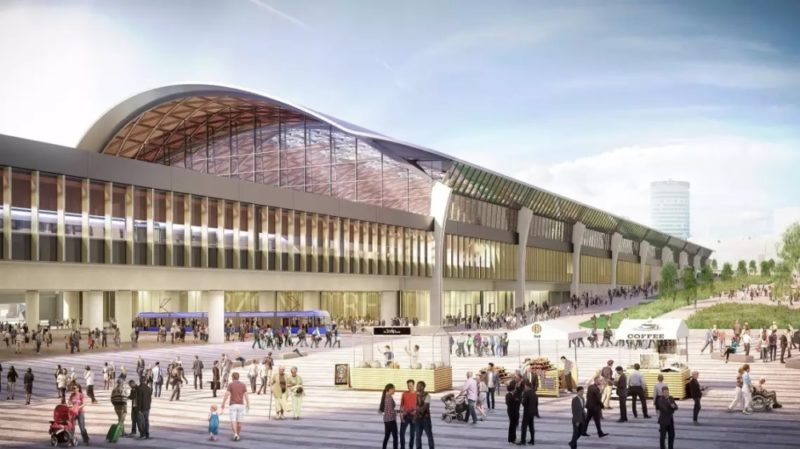 HS2
HS2 Andy Street, mayor of the West Midlands, responded: “These brand new stations will be catalysts for regeneration, creating jobs and opportunities for local people and economic benefits for Birmingham and the Midlands.
“Curzon Street station will put Birmingham at the heart of Britain’s new high speed network and enhance the rail connectivity for the city, whilst Interchange provides a once-in-a-lifetime opportunity to help drive the growth of the region.”
Govenment Minister Nusrat Ghani, tasked with the responsibility for HS2, added: “Unveiling the station designs for Curzon Street and the Solihull Interchange is a milestone moment.”
The history of Curzon Street Station
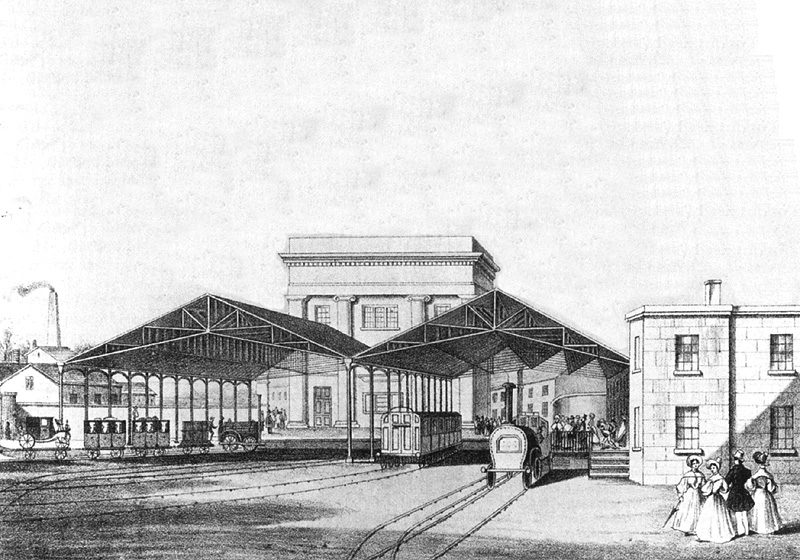 Library of Birmingham
Library of Birmingham - Curzon Street was the world’s oldest rail terminus, according to Birmingham City Council
- Curzon Street Station was originally known as ‘Birmingham Station’
- Curzon Street opened in 1838, with links to London, with its Palladian-style architecture designed to emulate the style of Euston Arch, where the trains terminated
- The station closed to passengers in 1893, but remaining open for goods until 1966
- Curzon Street completely closed as a station in 1966, after being overshadowed by Birmingham New Street Station in the heart of the city
- In 2017, plans were approved to redevelop the remaining Grade 1 listed building to turn it into a visitor centre and office space for HS2
The plans for the new developments at Curzon Street in central Birmingham and Interchange Station in Solihull will be displayed at Birmingham Library to allow members of the public to give feedback. Feedback can also be shared online here.








